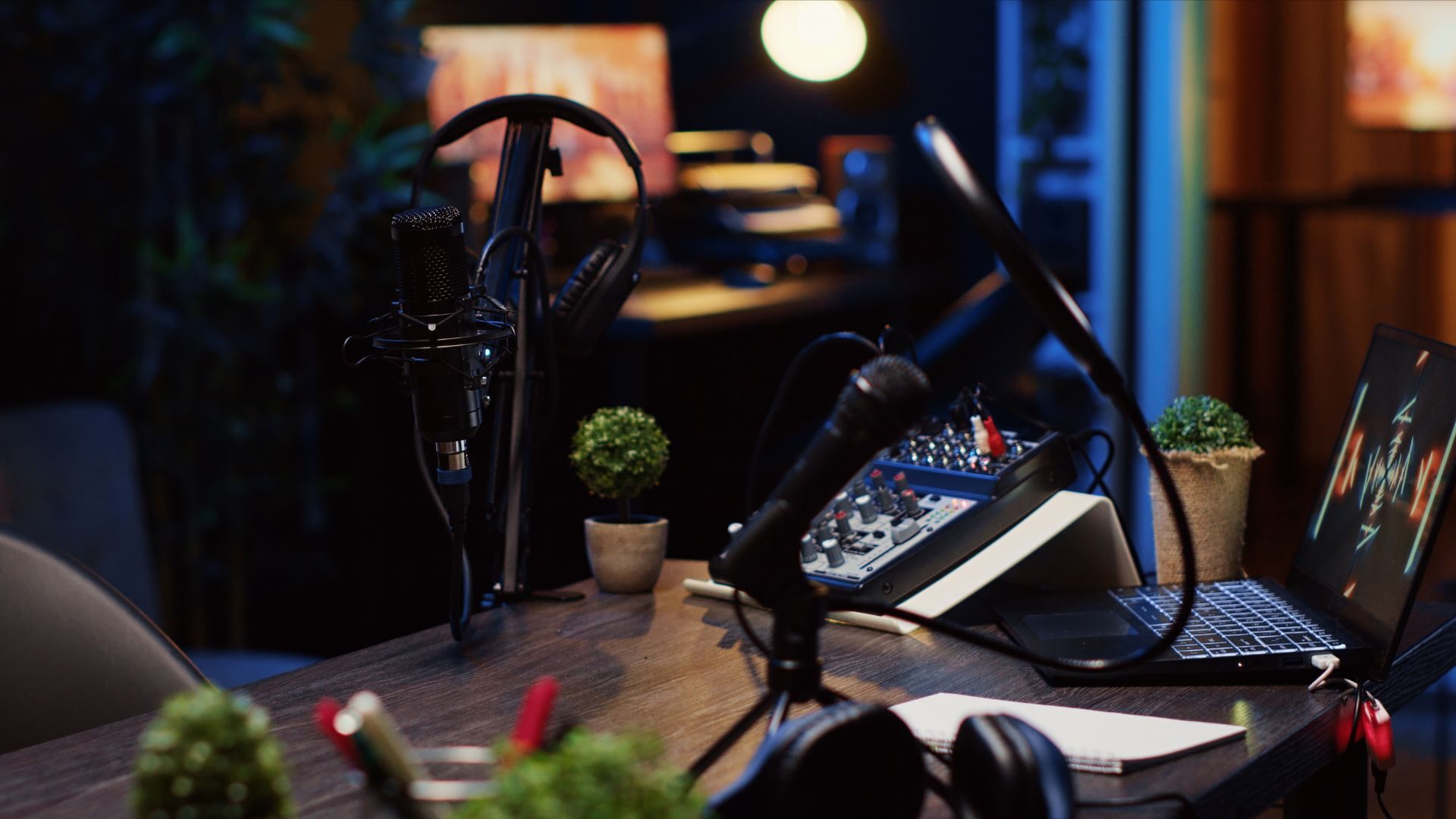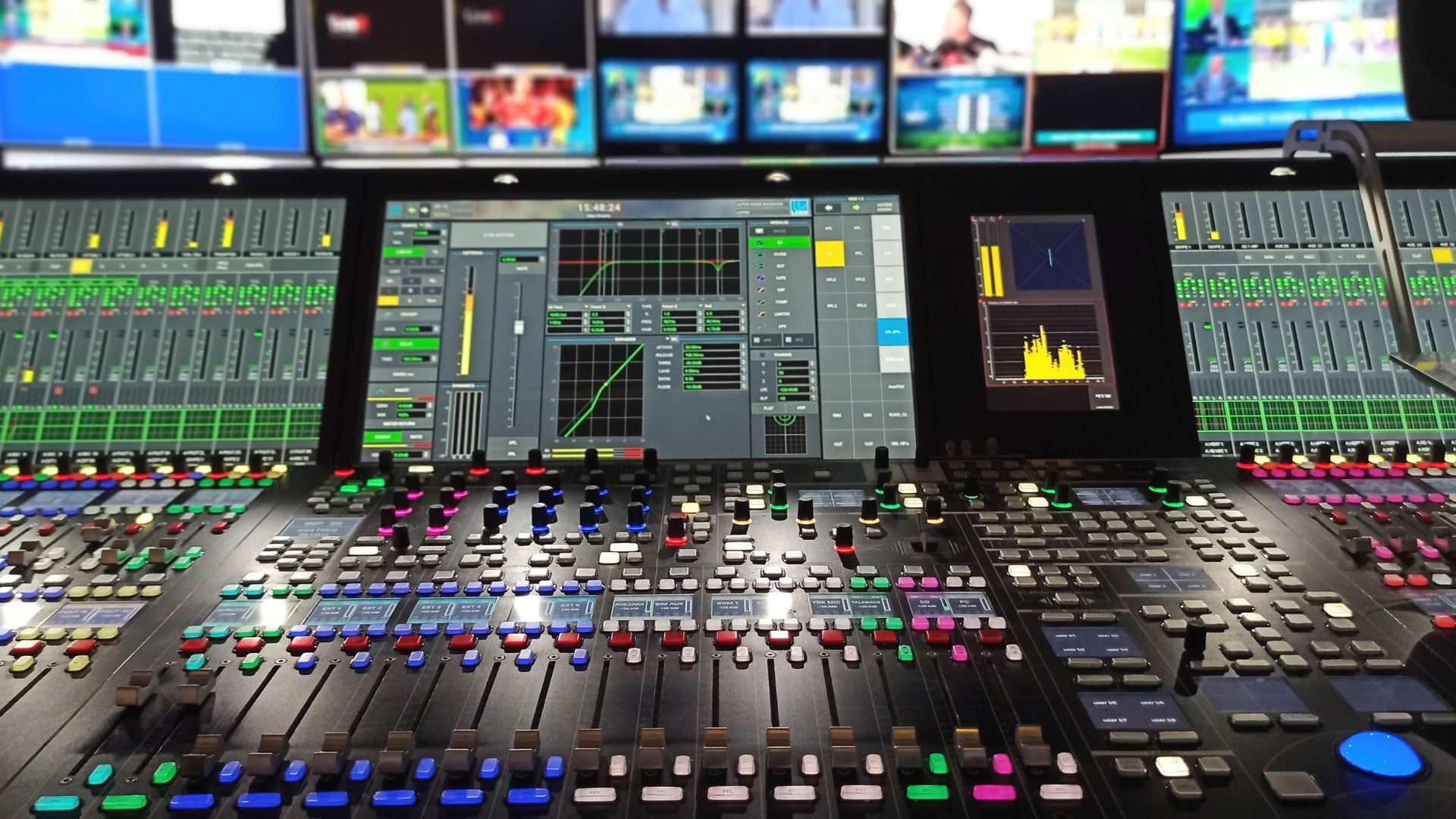Need advice? Let's talk.
Get straightforward guidance from your broadcasting partner. Schedule a call to chat with the team about your radio station.
Book DemoHow Radio Changed in 10 Years: Celebrating a Decade of Broadcasting Evolution
Celebrating 10 years of Radio.co: explore how radio tech, habits, and tools transformed since 2015.

Ten years ago, Radio.co launched with a simple mission: to make broadcasting accessible and easy for everyone. Since then, the audio world has changed due in no small part to new technology and shifting listener habits.
And we’ve changed too. You might have noticed our fresh new look and the launch of Voice Studio, a creative hub that makes recording, editing, and producing shows smoother and more straightforward than ever. But while things have evolved, our core mission hasn’t changed. We want to give creators powerful, easy-to-use tools that grow with their ambitions.
So, as we celebrate our 10th anniversary, we’re taking a look back at how far radio has come, and where it’s heading next.
10. The Rise of Internet Radio
In 2015, FM still ruled the airwaves. Today, streaming dominates. Internet radio unlocked global reach for broadcasters of all sizes: from bedroom DJs to corporate stations. With platforms like Radio.co, stations no longer needed expensive studio setups or restrictive licenses to get on air. All you needed was a mic, a laptop, and a message.
9. Mobile Changed Everything
Smartphones put stations into everyone’s pocket. With custom radio apps and integrations into platforms like TuneIn and smart speakers, listeners now expect seamless, on-the-go access. Radio is no longer confined to the car or kitchen; it’s everywhere: on jogs, commutes, even smartwatches.
8. Podcasts and On-Demand Listening

Radio isn’t just live anymore. Over the past decade, the boundaries between radio and podcasts have blurred. Many stations now repurpose live shows as on-demand content. Time-shifted listening has become essential, especially for younger audiences who prefer flexibility.
7. Listener Interaction Got Smarter
It’s not just about talking at your audience anymore. In the past ten years, we’ve seen the rise of chat rooms, song requests via social media, live polls, and listener shoutouts powered by real-time analytics. Today’s successful stations are communities; not just broadcasts.
6. Automation and AI Entered the Mix
Radio used to be live or bust. Now, stations use automated playlists, voice tracking, and even AI-generated voiceovers to stay on air 24/7. This does not replace the human touch; it enhances it. Broadcasters can plan smarter, scale faster, and stay consistent without burning out.
5. Monetization Got More Creative
Gone are the days of relying solely on ad slots. Today’s radio stations tap into sponsorships, listener donations, branded shows, merchandise, and premium content subscriptions. The rise of platforms like Patreon and Stripe integration into broadcasting tools has made it easier for creators to get paid for their work.
4. Niche Is the New Mainstream
In the past, stations tried to appeal to everyone. Now, the most successful ones serve specific communities: underground music genres, local sports, fandom talk shows, minority languages. Internet radio has empowered niche voices to build loyal global audiences.
3. Radio Tech Became Plug-and-Play

Setting up a station once meant navigating tangled wires and pricey gear. Over the last decade, cloud-based tools have replaced complex hardware. Platforms like Radio.co provide all-in-one dashboards, drag-and-drop scheduling, and integrations with everything from Alexa to Zapier.
Today: You can launch a station in under 10 minutes; no tech degree required.
2. Social Media Became a Broadcast Tool
Social media is no longer just for promotion; it’s part of the broadcast itself. Live shows simulcast to YouTube or Twitch. DJs crowdsource song requests via Instagram stories. Stations build entire communities on Discord or Facebook Groups. The line between listener and creator has never been thinner.
1. Radio Is More Relevant Than Ever
Despite the rise of streaming services, radio isn’t fading: it’s evolving. It offers something Spotify can’t: personality. Live voices, real-time reactions, local news, shared culture. In an age of algorithms, radio’s human element feels more valuable than ever.
Looking Ahead: The Next 10 Years
As we mark our tenth year, we’re not just reflecting; we’re building. Expect more powerful tools for creators, deeper data insights, better monetisation options, and even more ways to grow your audience. Our brand-new Voice Studio is just the beginning: an all-in-one creative hub where recording, editing, and producing shows is seamless and intuitive.
The radio revolution isn’t slowing down: it’s just getting started.
What Better Way to Celebrate? Start Your Own Broadcast Today!
A decade ago, Radio.co set out to make broadcasting accessible, simple, and powerful. Today, we’re proud to celebrate that milestone alongside a bold new look and the launch of Voice Studio, designed to put your voice front and center.
Whether you’re an aspiring podcaster, a seasoned DJ, or a business looking to connect with your audience in fresh ways, Radio.co gives you everything you need to succeed:
Effortless station setup: Get on air in minutes, no technical headaches
Voice Studio: Record, edit, and produce professional-quality shows — all in one place
Powerful tools: Schedule, automate, and monetize your content with ease
Reach everywhere: Stream globally, engage locally, and build communities that last
This is your invitation to join the next chapter of broadcasting with a platform that grows as you do.
Start your free trial today and see how far your voice can go. Because the future of radio isn’t just coming; it’s here, and it’s yours to shape.



